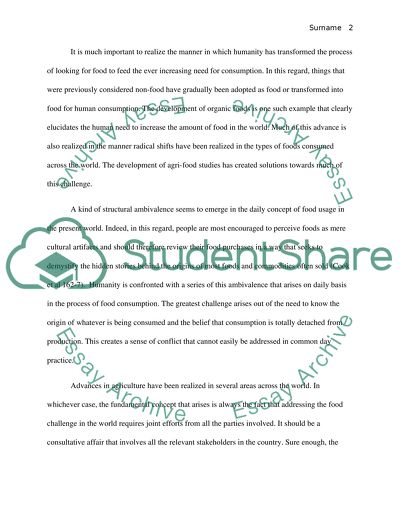Cite this document
(Analysis of Consumption and Production in Their Interaction Essay, n.d.)
Analysis of Consumption and Production in Their Interaction Essay. Retrieved from https://studentshare.org/macro-microeconomics/1593647-subject-consumer-cultures-and-environmental-futures-case-study-speech-presentation-production-and-consumption
Analysis of Consumption and Production in Their Interaction Essay. Retrieved from https://studentshare.org/macro-microeconomics/1593647-subject-consumer-cultures-and-environmental-futures-case-study-speech-presentation-production-and-consumption
(Analysis of Consumption and Production in Their Interaction Essay)
Analysis of Consumption and Production in Their Interaction Essay. https://studentshare.org/macro-microeconomics/1593647-subject-consumer-cultures-and-environmental-futures-case-study-speech-presentation-production-and-consumption.
Analysis of Consumption and Production in Their Interaction Essay. https://studentshare.org/macro-microeconomics/1593647-subject-consumer-cultures-and-environmental-futures-case-study-speech-presentation-production-and-consumption.
“Analysis of Consumption and Production in Their Interaction Essay”, n.d. https://studentshare.org/macro-microeconomics/1593647-subject-consumer-cultures-and-environmental-futures-case-study-speech-presentation-production-and-consumption.


